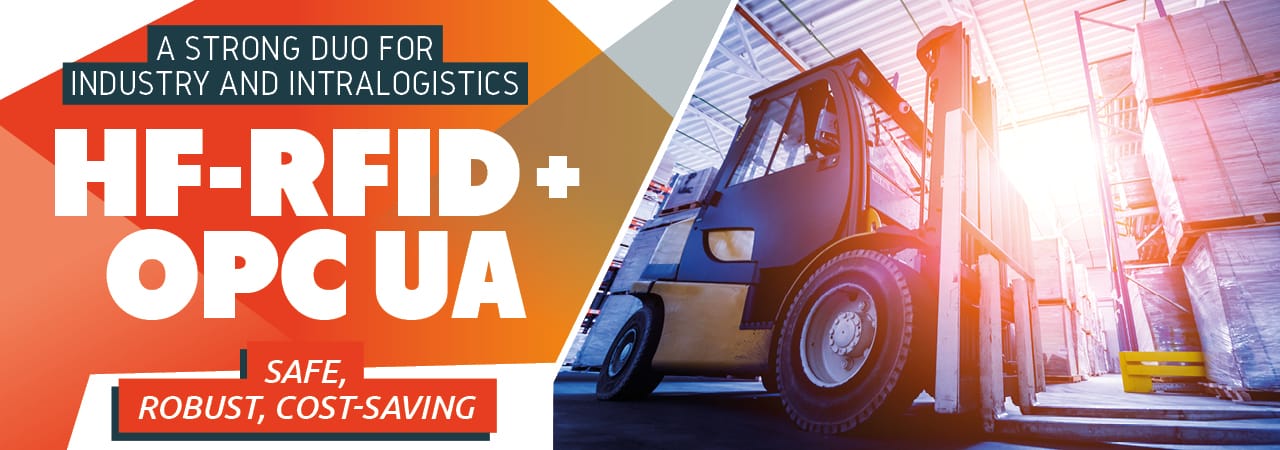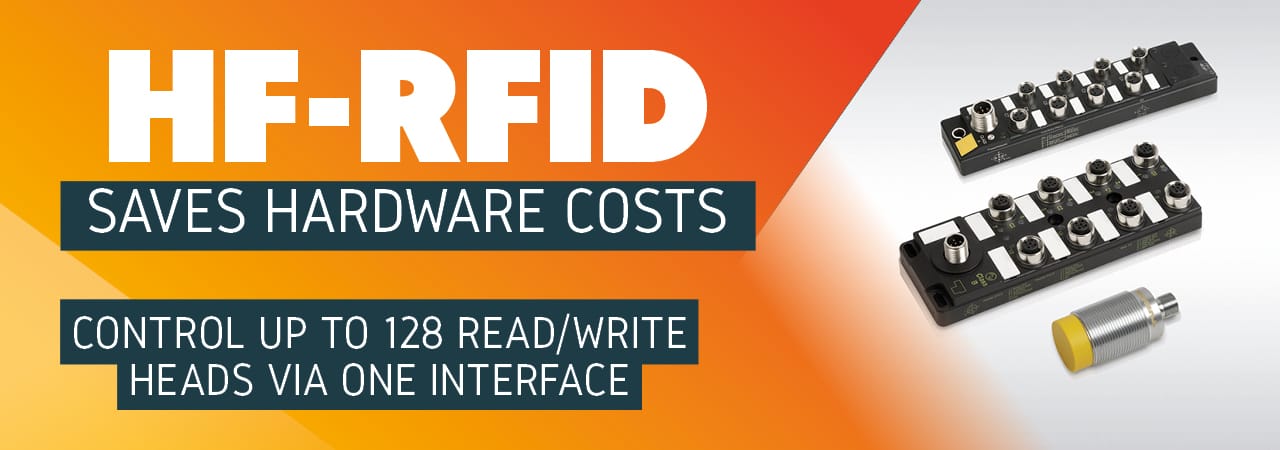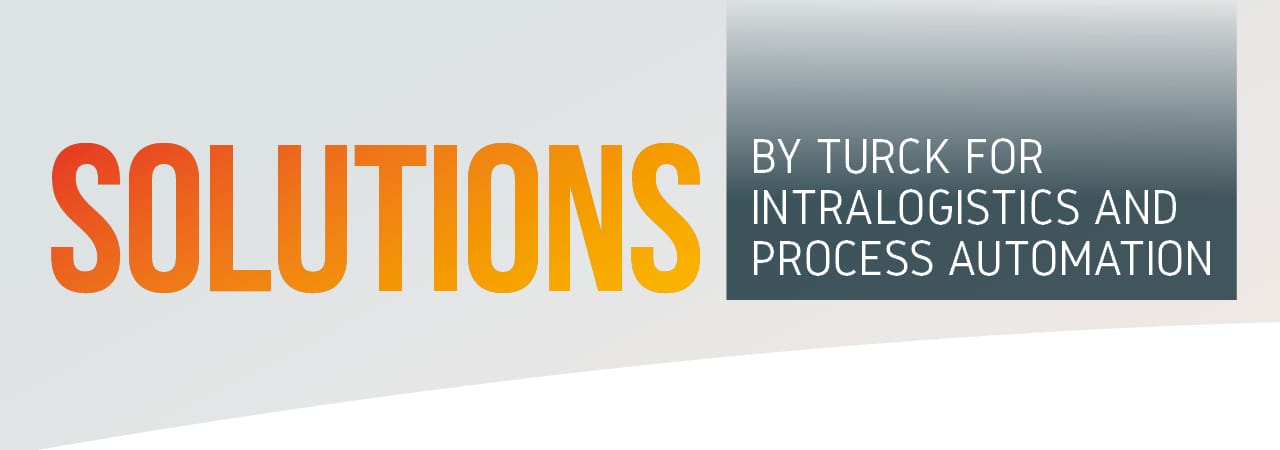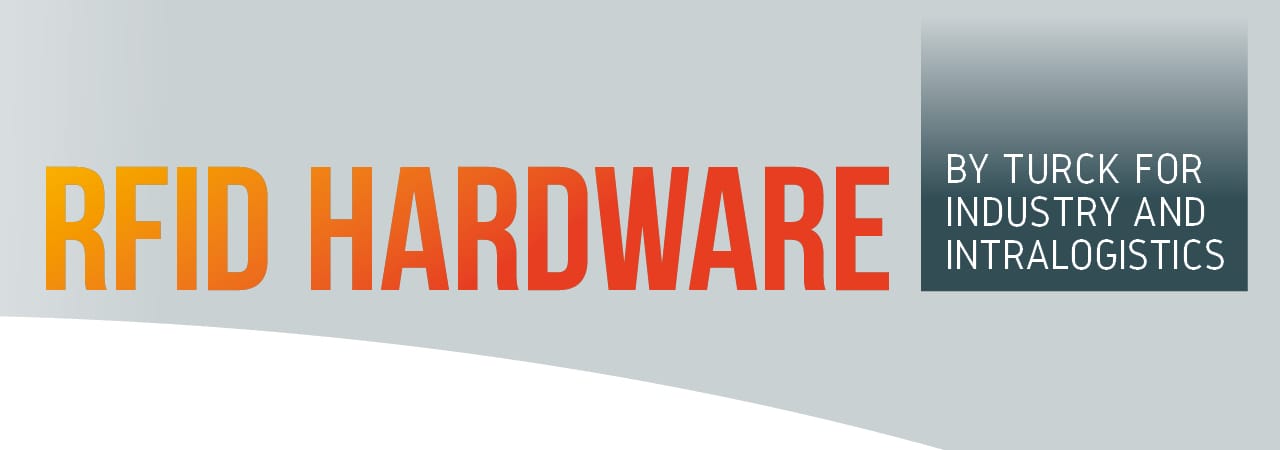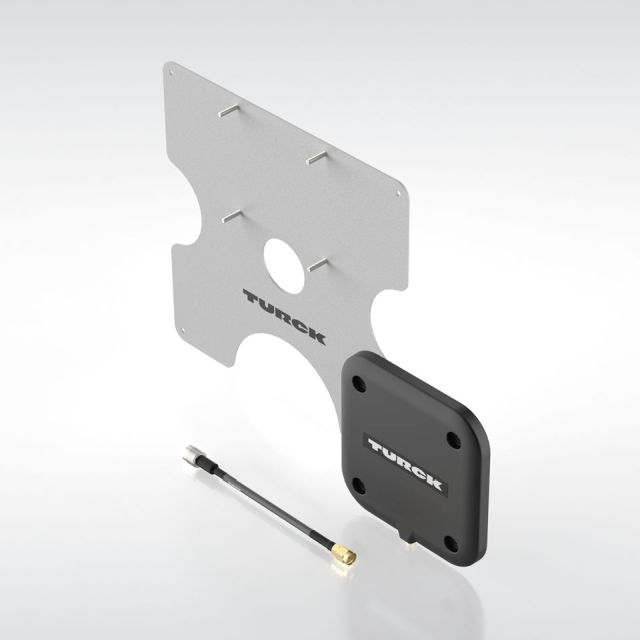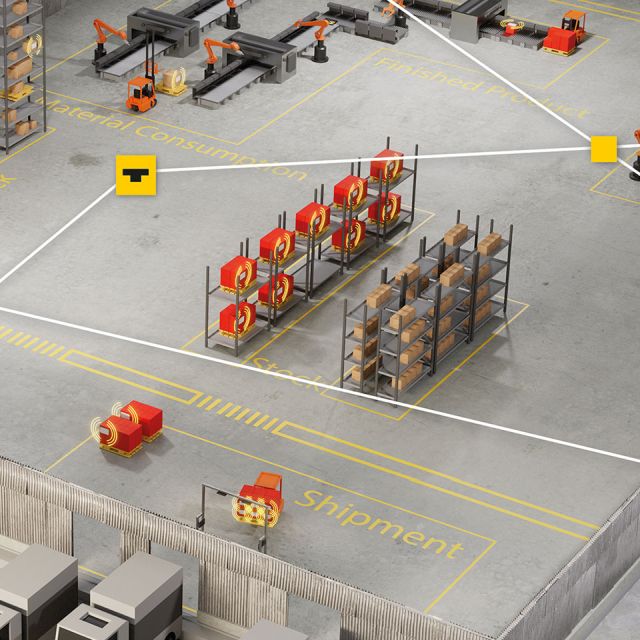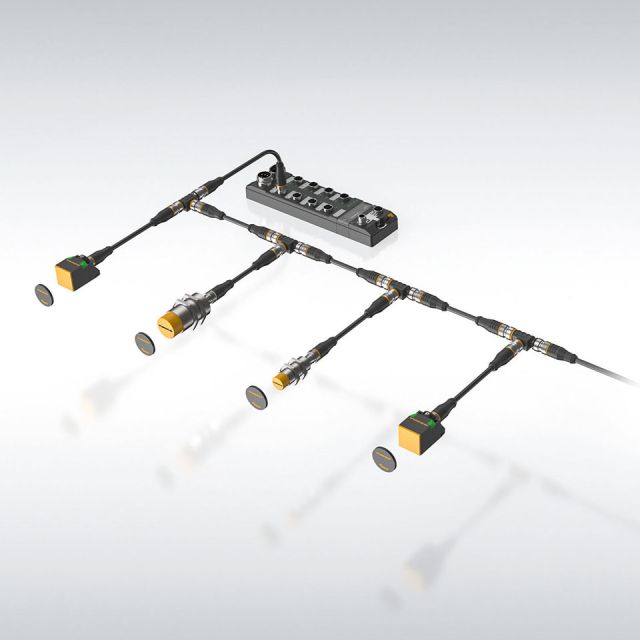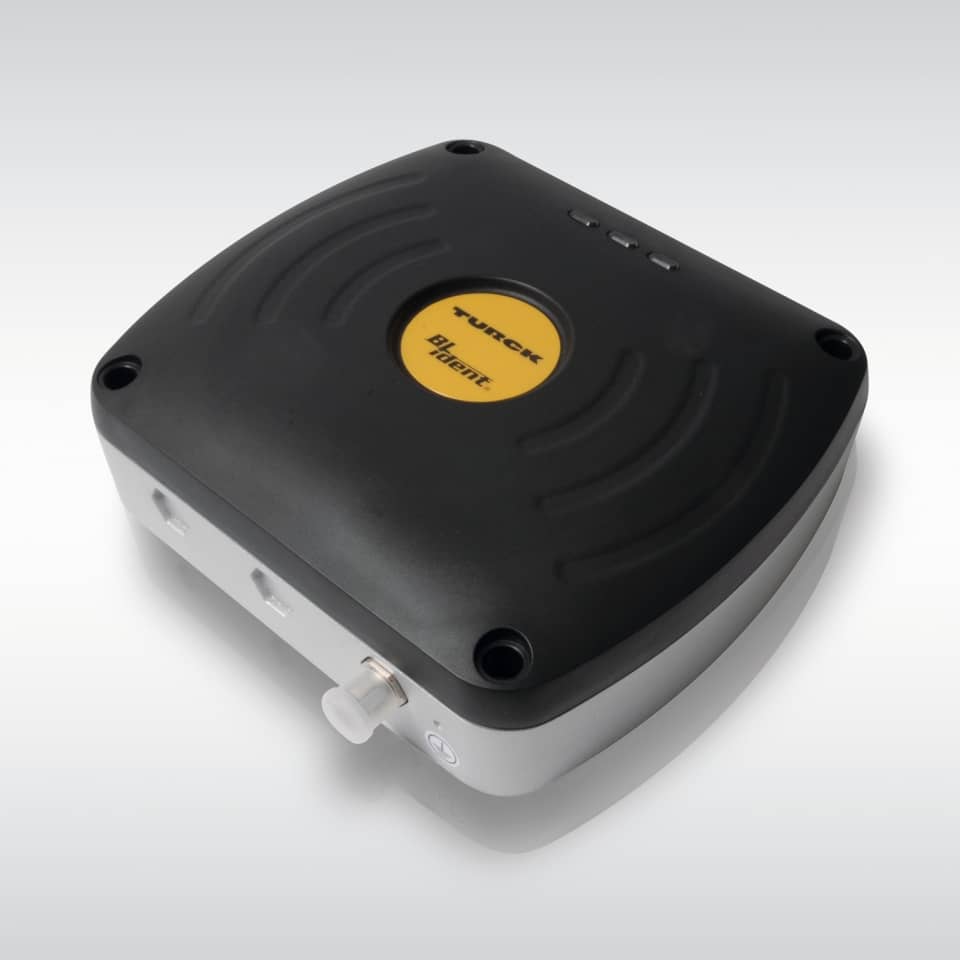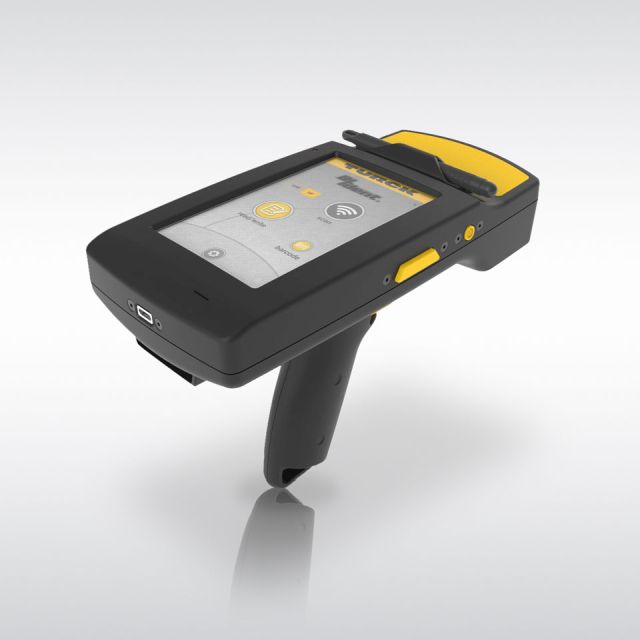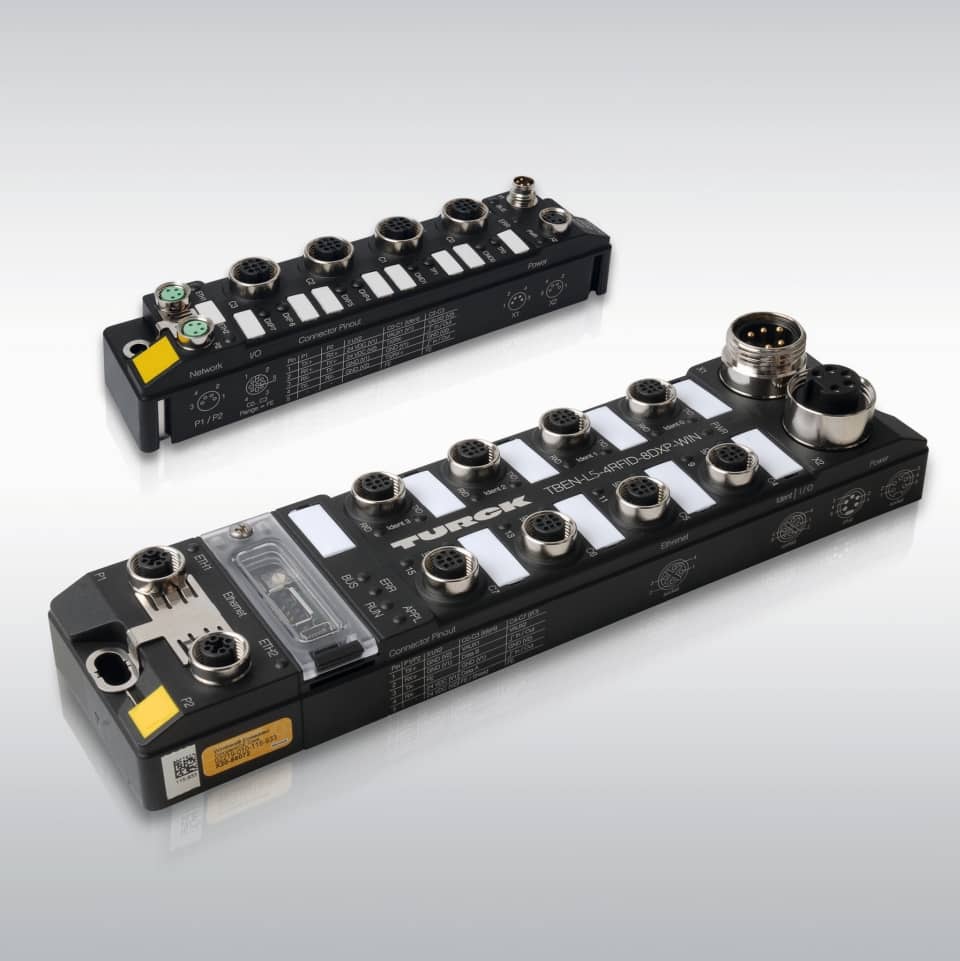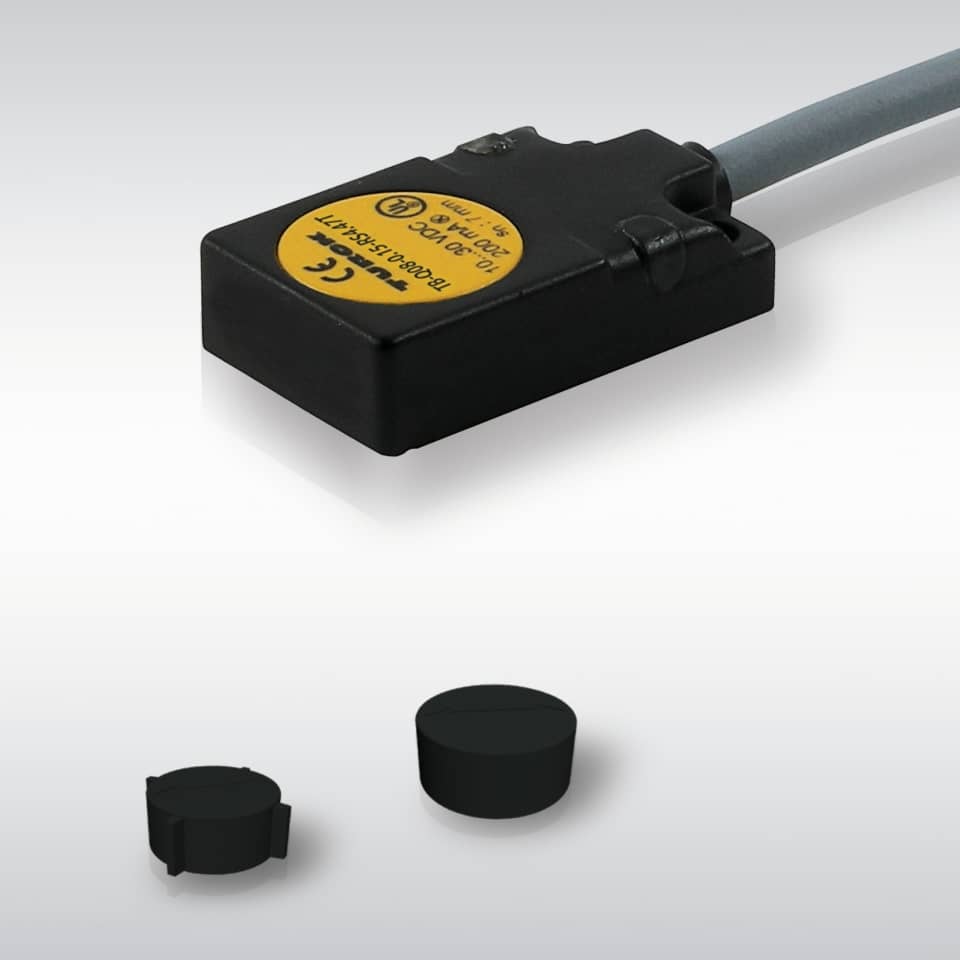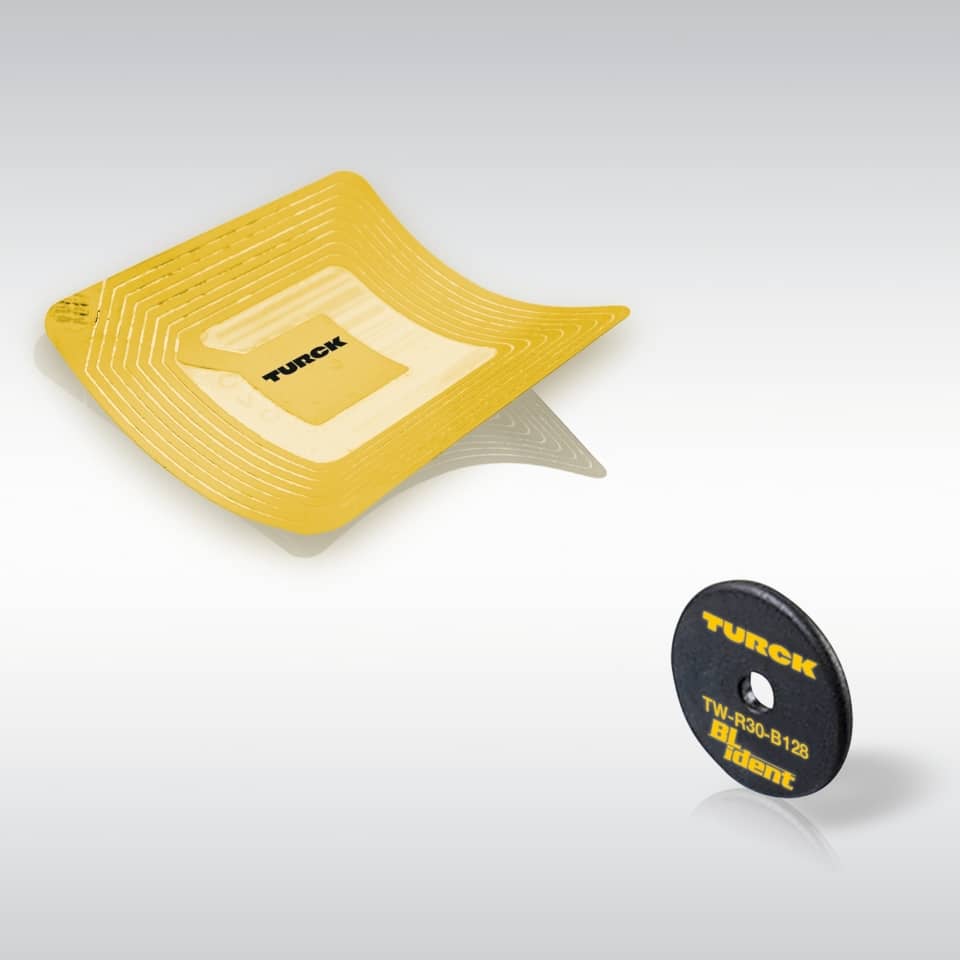Reduce hardware usage – increase transparency!
The right digitization solution for every process? RFID technology from Turck in the HF and UHF frequencies ensures transparency and process reliability in numerous industrial and intralogistic processes. The unique identification of objects and the possibility to process captured data directly within a process step creates security, saves costs and streamlines the necessary hardware usage.
An example? Turck's TBEN-L RFID module with integrated OPC UA server facilitates the connection of factory automation to the IT world. The module follows the companion specification for Auto-ID devices. This M2M communication standard enables users to switch devices between Auto-ID systems from different manufacturers. The uniform specification for the use of HF/UHF RFID and barcode readers saves companies from having to carry out manufacturer-specific programming. This simplifies the integration of the hardware and the transfer of acquisition data to the higher-level systems.
Bernd Wieseler, Head of Product Management RFID, Turck, in an interview with RFID & Wireless IoT Global.
Control up to 128 read/write heads via one interface
Mr. Wieseler, what advantages does the collaboration of HF technology and OPC UA generate?
OPC UA is a very important architecture for Turck. We are convinced that OPC UA will become even more important in the future than it already is today. We have been involved in committees and associations for this technology at an early stage in order to contribute to the corresponding Auto- ID Companion Specification. Together with other companies, we have developed a new release.
This release is currently being reviewed and approved by the OPC Foundation. The aim of the new release is to simplify communication between different devices and levels. The focus is on simple methods. The release is planned for the end of April 2020.
How is Turck preparing for this release?
We are preparing our devices for the new specification at the end of 2020. A unique selling point at Turck is that we combine OPC UA and HF RFID as well as UHF RFID. This means that the customer is not restricted to one technology. Often, customers want to switch from UHF technology to HF technology, therefore, we give them a direct advantage with this option. By using OPC UA in this combination, the user has direct access to advanced communication with higher-level systems.
Is HF RFID in the industrial environment overshadowed by UHF? Is the potential of HF actually being underestimated?
UHF has advantages. These include higher ranges, disposition for bulk readings and performance in metallic environments. UHF is therefore also a driver of RFID solutions in industrial applications. But one thing must be clear: UHF is not a replacement for HF. HF RFID has its own advantages. Firstly, countless HF applications have been in efficient use for years. The knowhow is therefore immensely high.
From a pragmatic point of view, there is no good reason for companies using HF to change the radio frequency. The advantages of HF technology are the lowcost hardware, especially the data carriers and the robust identification almost independent of the environmental conditions. In my opinion, the potential is very high, but has been pushed somewhat into the background by the growth of UHF applications.
What drives the investments up and how do Turck's HF solutions counteract this?
If 100 or more detection points have to be integrated on a conveyor line, the large number of interfaces required pushes up hardware costs. At first glance, barcode would be the more economical alternative from a cost perspective. We recognized this bottleneck and developed an interface module with four ports, to which up to 32 read/write heads can be connected per port.
In the summer of 2020, we will present an interface module that has four ports and is equipped with up to 128 read/write heads. Conclusion: Investment costs for HF applications are reduced and HF can even compete with barcodes.
With up to 128 read/write heads connected, how does the communication with each head work?
The key is the HF bus mode. Each head can be individually assigned commands. The heads can be addressed both manually and automatically. The continuous HF bus mode is similar to the HF bus mode in terms of structure and cost advantage, but in this mode all connected read/write heads are activated simultaneously.
With its higher performance, this continuous HF bus mode is suitable for both static and slow dynamic applications where data carriers are read or written in parallel, for example. Each individual head stores captured data in a buffer until the RFID interface polls them cyclically one after the other. The data is stored in the FIFO memory of the interface and can be retrieved by the controller via the command "Read data from buffer".
The principle of this mode is registered as an application patent. We are thus offering a unique feature that we were able to introduce at the end of 2019 and which is still not to be found in any of our competitors' portfolios.
Solutions by Turck for intralogistics and process automation
Industrial trucks
A lack of real-time visibility into goods transport, localization, picking and storage leads to inefficient and error-prone processes. The manual search and documentation of goods is time-consuming.
RFID readers and antennas, and optional tracking technology, are installed on the forklift truck. The driver receives orders via a terminal. The location of goods is determined by the tracking data during the storage process. Sensors detect when the forklift truck approaches the tagged load carrier and trigger the RFID reading. Data is sent via Wifi to a middleware, processed and forwarded to higher-level systems.
Advantages
- Transparent cross-factory logistics
- Seamless, digitally documented tracking of goods/carriers
- Information on load and position can be viewed at any time in superordinate systems – ERP, WMS, etc.
RFID gates
In logistics, incoming and outgoing goods must be recorded shortly before loading or unloading trucks. Incorrect loading or erroneous accounting of unloaded goods increases the time required for manual corrections.
Depending on requirements, RFID gates consist of an RFID reader and three or more antennas. The hardware is installed either on existing gate structures or standalone on a specially constructed gate. Depending on the material of the tagged goods, UHF technology can detect up to 200 objects in a group when a load carrier passes through. Algorithms in the readers filter static tags or tags from other areas from the reading.
Advantages
- Complete automation of incoming and outgoing goods
- Avoidance of incorrect loading saves time - manual recording is no longer necessary
- Can be combined with directional detection
Direction recognition
In intralogistics, not only must flows of goods and vehicle movements be recorded, but the direction of movement is also an important factor in increasing efficiency. Camera systems are a logical choice, but are cost-intensive to implement on numerous passages.
Direction recognition can be achieved in two ways. Sensors - such as light barriers – are connected to an RFID reader, installed in a gate or directly under the ceiling, which detect moving objects and thus trigger the RFID solution. If the reader has its own computer capacity, direction recognition can be performed directly on the reader CPU using smart logic.
Advantages
- Unique assignment of objects, vehicles and the direction of movement
- Automatic passage control
- Efficient material flow control
- Cost efficiency when using solutions without additional sensor technology
Tool identification
Without digital identification, tools are not automatically recorded during transport, machine use, maintenance and storage. Data on circulations, downtimes or test dates are entered manually on accompanying cards – a process that is prone to errors.
RFID transponders integrated into tools replace the accompanying card. Production data such as downtimes are read and updated via RFID read/write heads integrated in machines. RFID handhelds facilitate identification during maintenance and inventory processes.
Advantages
- Reduction of the machine reading time by up to 90 percent
- Bidirectional communication between machine and tool
- Automatic configuration and production program selection
- Predictive maintenance becomes possible
Asset management
Locating and managing assets such as load carriers, tools or mobile devices is timeconsuming – the loss of assets is costly.
RFID data carriers are attached to assets. With on-metal and non-metal tags it is possible to tag all assets. An existing reader infrastructure consisting of gates, handhelds and forklift solutions can be used for tagging or installed on an application-specific basis. Special asset management software enables the administration, evaluation and tracking of assets.
Advantages
- Cost savings through reduced replenishment purchases
- Efficient processes through provision of required assets
Conveyor technology
Internal transport systems such as roller and overhead conveyors, continuous conveyors or pallet conveyor systems are designed to transport load carriers and other objects efficiently from loading to unloading points. If the material flow is disturbed by a lack of transparency in the allocation, the process is delayed.
Depending on the conveyor system used, suitable RFID read-write heads or antennas are integrated directly into the conveyor system. Transported goods are tagged with object-specific data carriers. Recorded data is forwarded to connected readers or evaluation units.
Advantages
- Control of the optimal material flow is supported with data directly from the conveyor system.
- Avoidance of process delays/ interruptions



